India is a land of incredible diversity, and its wildlife is no exception. From the majestic Bengal tiger to the elusive snow leopard, India’s national parks and reserves offer some of the most thrilling and awe-inspiring wildlife experiences in the world. If you’re an adventure seeker looking for an unforgettable jungle safari experience, then look no further than India. With over 100 national parks and wildlife reserves, there are plenty of opportunities to explore the Indian wilderness and witness the incredible array of flora and fauna that call it home. Whether you’re a wildlife enthusiast, nature lover or just looking for an exciting adventure, a jungle safari in India is a must-do experience. In this guide, we’ll take you through everything you need to know to plan a perfect jungle safari in India, from the best time to visit, to the top national parks and reserves to explore. So, pack your bags, grab your camera and get ready for an adventure of a lifetime in the heart of India’s wild side.
Top wildlife destinations in India
India boasts some of the world’s most stunning national parks and wildlife reserves. These protected areas are home to a diverse range of wildlife, including tigers, leopards, elephants, monkeys, and many more. Here are some of the top wildlife destinations in India:
- Satpura National Park
Located in the Madhya Pradesh, the center of India, Satpura National Park is one of the best places to see Bengal Tigers in the wild. The park is also home to sloth bears, leopards, Indian wild dogs, and many other animals. - Ranthambore National Park
Located in the state of Rajasthan, Ranthambore National Park is one of the largest national parks in northern India. It is home to a large population of Bengal tigers, as well as other animals such as leopards, sloth bears, and Indian wild boars. - Kanha National Park
Located in the state of Madhya Pradesh, Kanha National Park is one of the most well-known tiger reserves in India. The park is also home to a variety of other animals, such as barasingha (a type of deer), Indian bison, and Indian wild dogs. - Bandhavgarh National Park
Located in the central Indian state of Madhya Pradesh, Bandhavgarh National Park is one of the best places to see Bengal tigers in the wild. The park is also home to a variety of other animals, such as leopards, sloth bears, and Indian bison. - Jim Corbett National Park
Located in the northern state of Uttarakhand, Jim Corbett National Park is India’s oldest national park. It is home to a variety of animals, including tigers, leopards, elephants, and Indian pangolins.
Endangered species in India
India is home to many endangered species, including tigers, elephants, rhinoceros, and many more. The country has made significant efforts to protect these species and their habitats, with many national parks and wildlife reserves dedicated to conservation. Here are some of the endangered species in India:
- Bengal Tiger
The Bengal tiger is one of the most iconic animals in India and is classified as an endangered species. The main threats to their survival are habitat loss and poaching. - Indian Elephant
The Indian elephant is also classified as an endangered species, with habitat loss and fragmentation being the primary threats to their survival. - One-horned Rhinoceros
The one-horned rhinoceros is found mainly in the northeastern state of Assam and is classified as a vulnerable species. Poaching and habitat loss are the primary threats to their survival. - Snow Leopard
The snow leopard is a highly endangered species found in the Himalayan regions of India. Habitat loss, poaching, and climate change are the primary threats to their survival. - Indian Pangolin
The Indian pangolin is a critically endangered species found in many parts of India. Poaching and habitat loss are the primary threats to their survival.
Best time to visit Indian wildlife
The best time to visit Indian wildlife varies depending on the national park or wildlife sanctuary you plan to explore. Generally, the best time to visit is during the winter months (November to February) when the weather is cooler and dry. It is also the best time to spot wildlife as they come out to bask in the sun. The summer months (March to June) can be a little hot and humid, but it is the best time to spot tigers as they come out to drink water. The monsoon season (July to September) is not recommended for wildlife safaris as many parks are closed due to heavy rainfall. However, it is a great time to visit national parks that have waterfalls and scenic landscapes. Where you can stay at luxurious lodge and resorts like Forsyth Lodge and can enjoy the beautiful scenery of nature in the jungle.
Wildlife photography tips
Capturing the beauty of Indian wildlife is a dream for many photographers. Here are some tips to help you take stunning wildlife photographs:

Wildlife photography
- Use the right equipment
Invest in a good camera with a telephoto lens to get close-up shots of animals. A tripod or monopod can also be handy to stabilize your camera. - Patience is key
Wildlife photography requires patience, so be prepared to wait for the perfect shot. - Observe animal behavior
Observing animal behavior can give you an idea of when and where to get the best shots. - Respect wildlife and their habitats
Remember to respect wildlife and their habitats and do not disturb them for the sake of a photograph. - Practice makes perfect
Practice your photography skills by taking photos of domestic animals or birds before heading out to the national parks.
Wildlife conservation efforts in India
India has made significant efforts in conserving its wildlife and their habitats. Many national parks and wildlife reserves have been established, and laws have been enacted to protect endangered species. The government has also implemented programs to reduce human-wildlife conflict and promote eco-tourism. Several non-governmental organizations (NGOs) are also working towards wildlife conservation in India. They work towards creating awareness among the public, conducting research, and implementing conservation programs in collaboration with the government and local communities.
Unique experiences in Indian wildlife
Apart from the traditional jeep safaris, there are many unique experiences you can have in Indian wildlife. Here are some of them:
- Walking safaris
Walking safaris are a great way to experience the wilderness up close and personal. Many national parks and wildlife reserves in India offer walking safaris with trained guides. - Jeep safaris
It is a great way to experience wildlife on Jeep Safari, is an exciting adventure tour that allows you to explore rugged terrains, natural habitats, and scenic landscapes aboard an off-road jeep. Experience the thrill of bumpy rides while discovering the wildlife, flora, and fauna of remote areas. - Bird watching
India is home to over 1300 bird species, making it a paradise for bird watchers. Many national parks and wildlife reserves offer guided bird watching tours. - Night safaris
Night safaris are a unique way to explore the nocturnal wildlife of India. You can witness animals such as leopards, hyenas, and foxes in their natural habitat. - Wildlife resorts
Forsyth Lodge is a jungle resort in India offers the best luxurious accommodations in the heart of nature. You can stay in luxurious cottages or a tented camp and enjoy the wilderness in comfort.
Accommodations and tours in Indian wildlife
There are many options for accommodations and tours in Indian wildlife. Many national parks and wildlife reserves have their own lodges and resorts. You can also find private accommodations outside the parks. Here are some of the popular options:
- Government lodges
Many national parks and wildlife reserves in India have government lodges that provide basic accommodations at affordable prices. - Private lodges and resorts
Several private lodges and resorts like Forsyth Lodge, offer luxurious accommodations and guided safaris in the national parks. Where you can enjoy a luxurious vacation in a lodge and also go for a guided safari with their best naturalists.
- Wildlife tours
Many tour operators offer customized wildlife tours that include accommodations, meals, and guided safaris. - Backpacking
Backpacking is a great option for budget travelers who want to explore Indian wildlife on their own. You can stay in hostels or basic accommodations and explore the parks on foot. - Eco-tourism
Eco-tourism is a sustainable way to explore Indian wildlife while supporting local communities. Many eco-tourism programs offer guided tours, accommodations, and meals in eco-friendly lodges.
Conclusion: Why you should explore Indian wildlife
Exploring Indian wildlife is an unforgettable experience that offers a glimpse into the country’s rich biodiversity and cultural heritage. From the majestic Bengal tiger to the elusive snow leopard, India’s national parks and wildlife reserves are home to some of the world’s most incredible animals. Whether you’re a wildlife enthusiast, nature lover, or just looking for an adventure, a jungle safari in India should be on your bucket list. With a range of accommodations and tour options, exploring Indian wildlife has never been easier. So, pack your bags, grab your camera, and get ready for an adventure of a lifetime in the heart of India’s wild side.

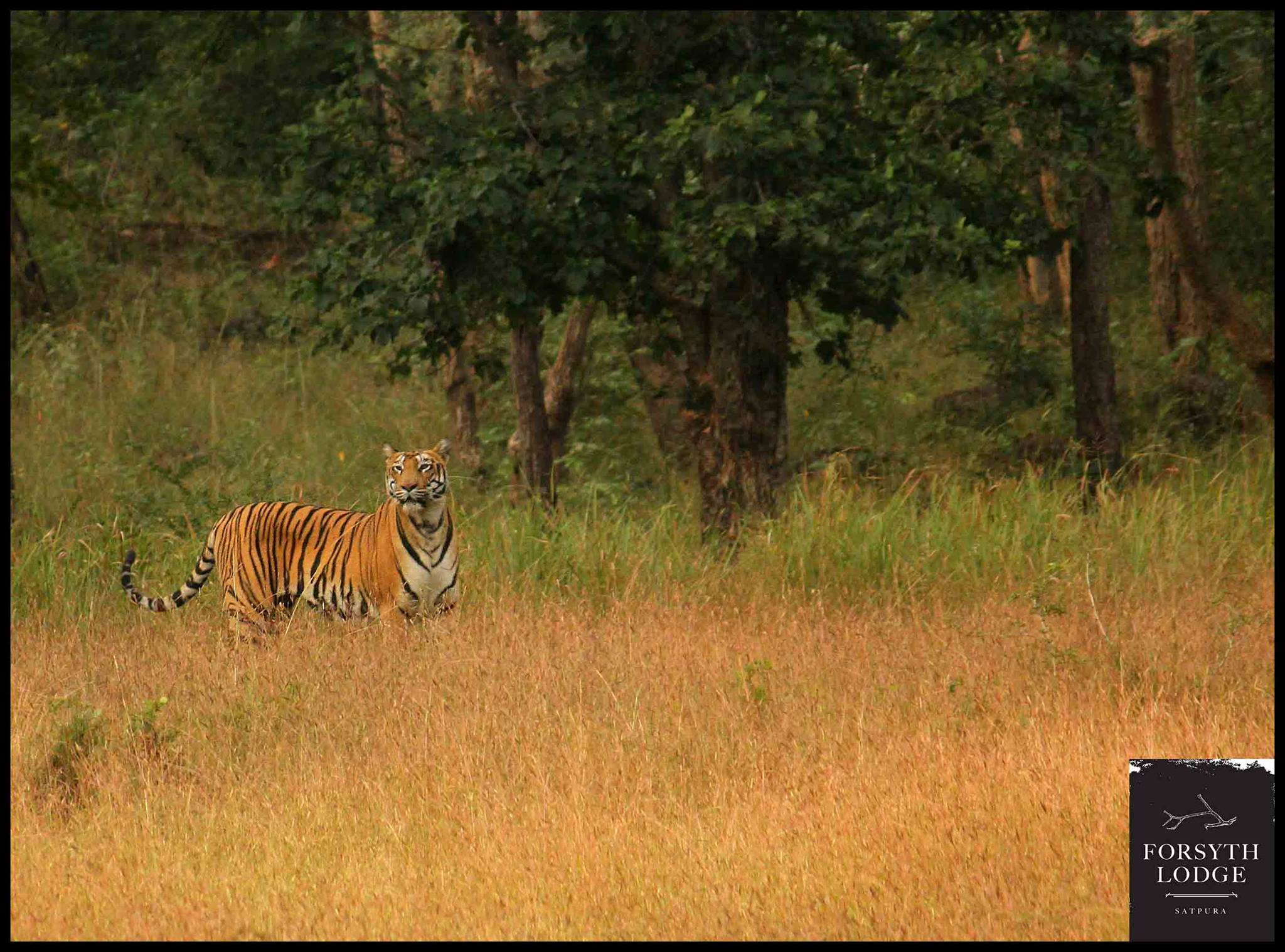

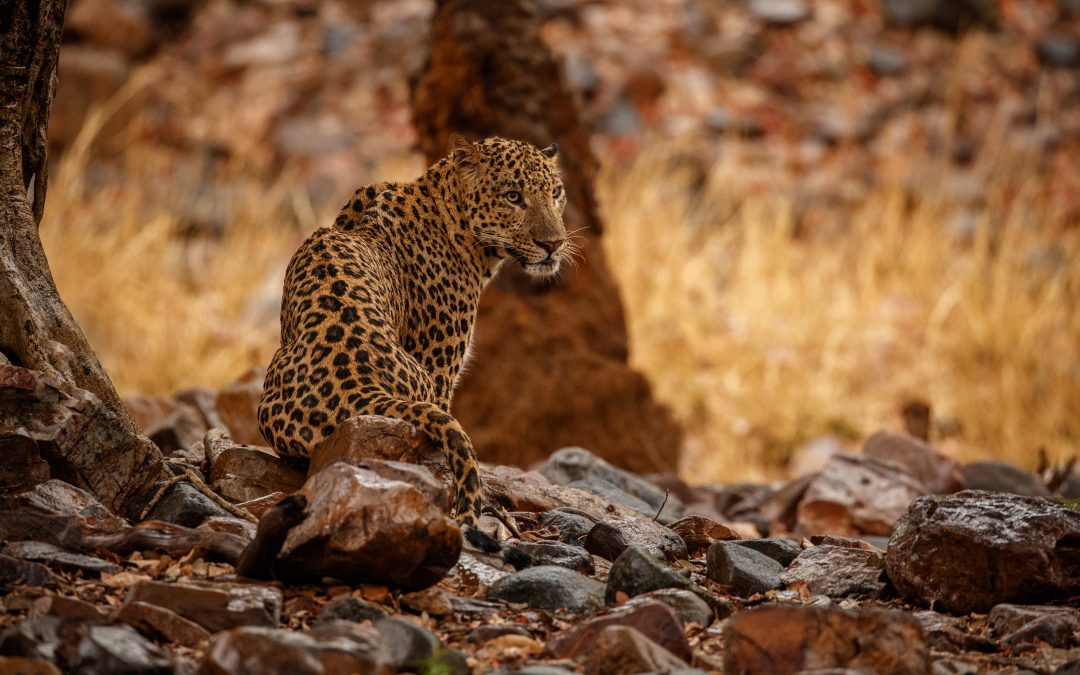



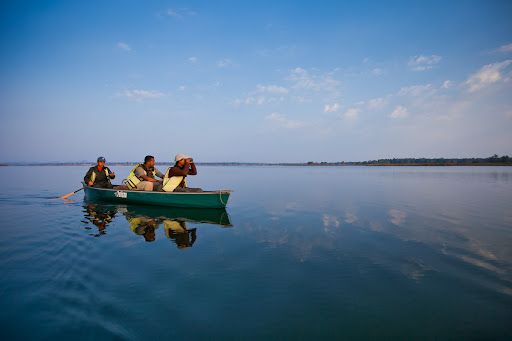
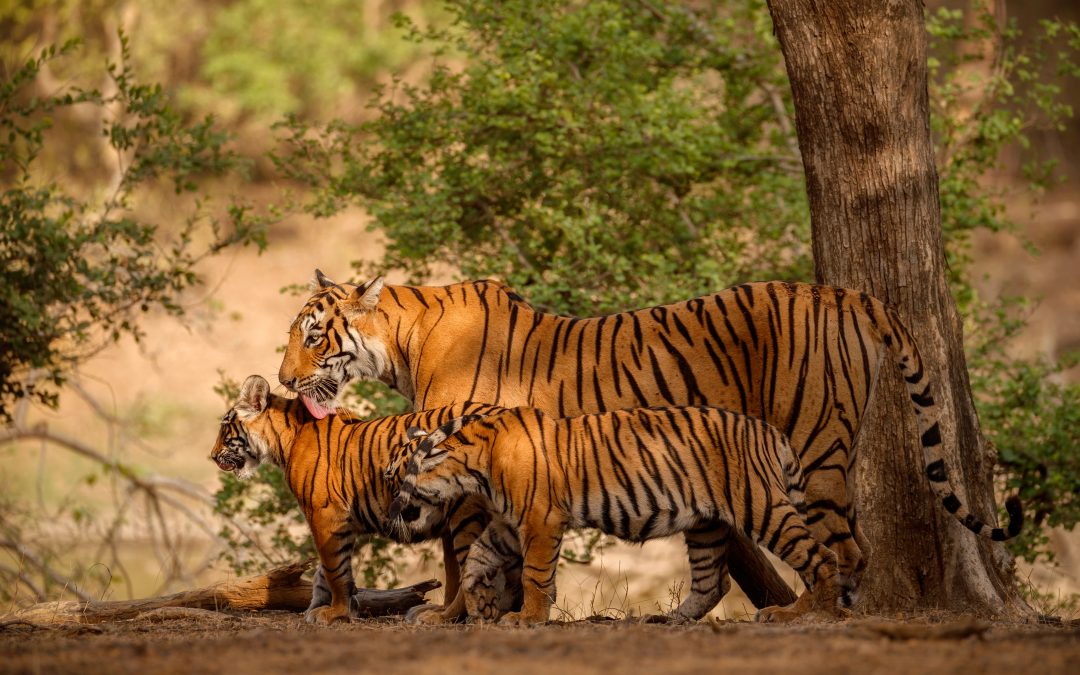

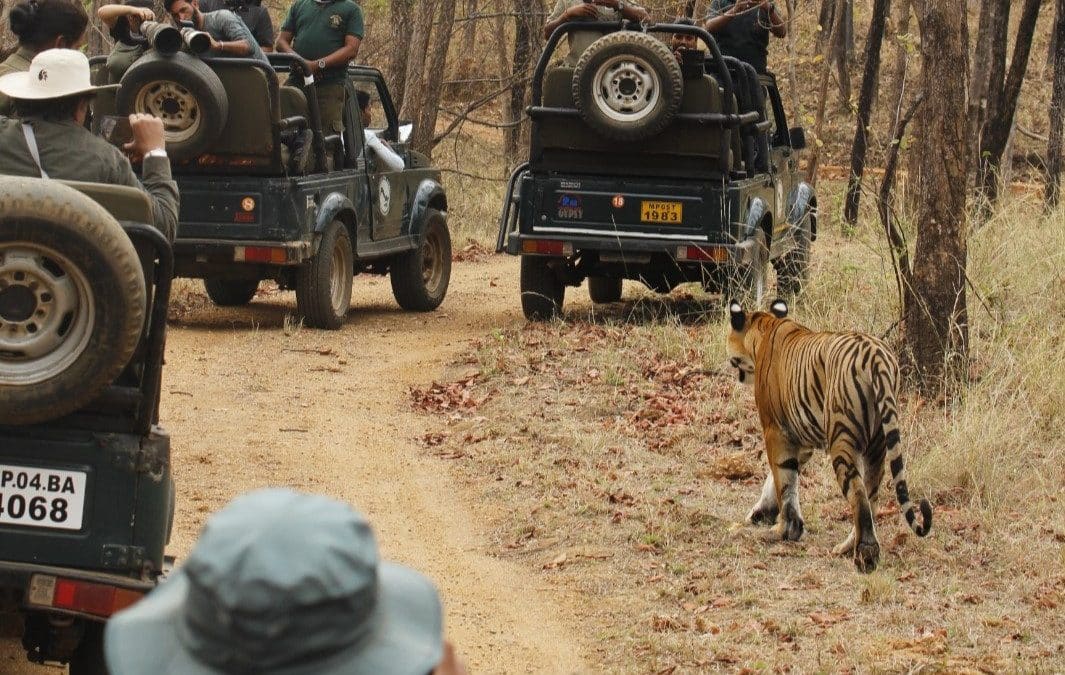
Recent Comments